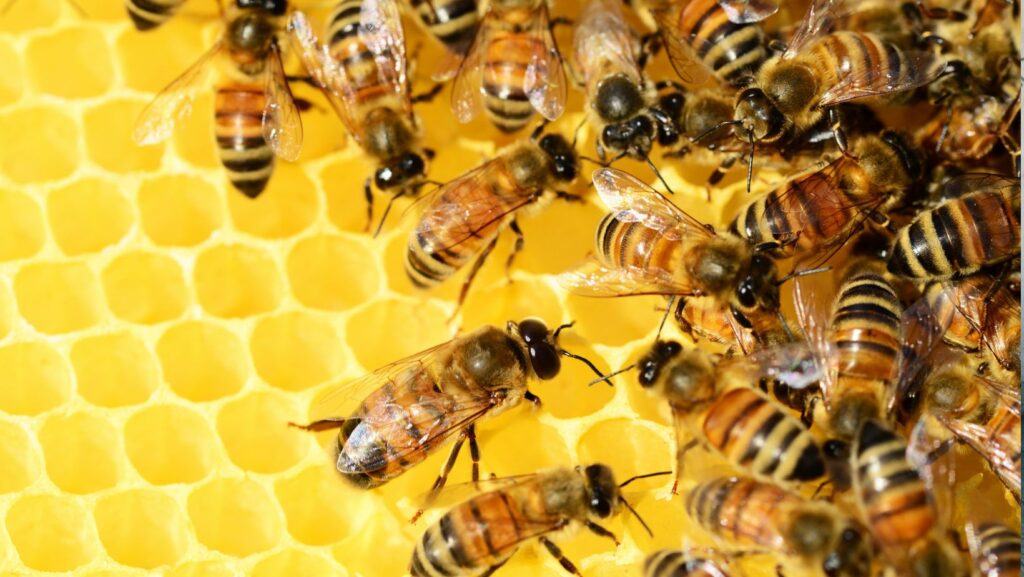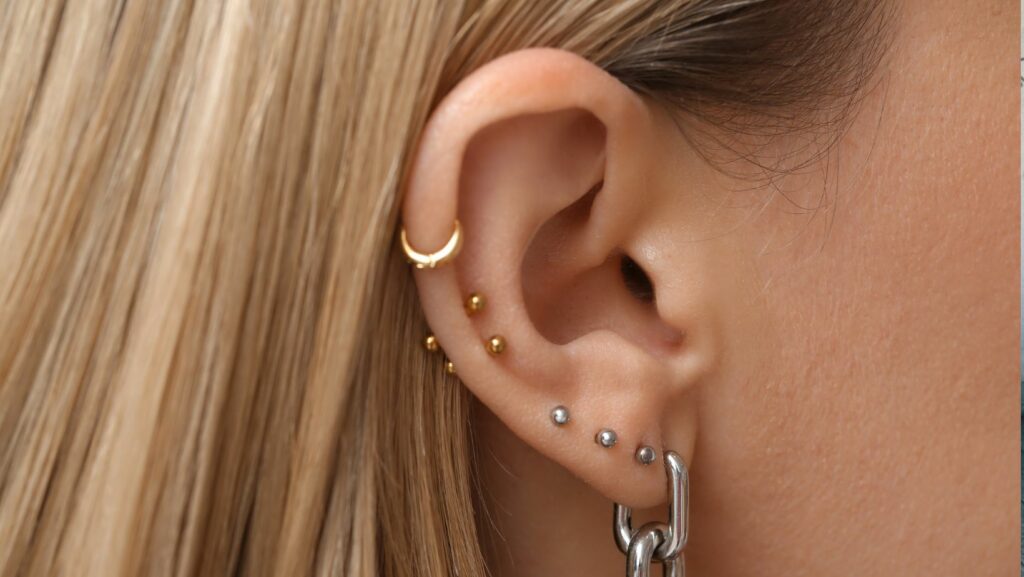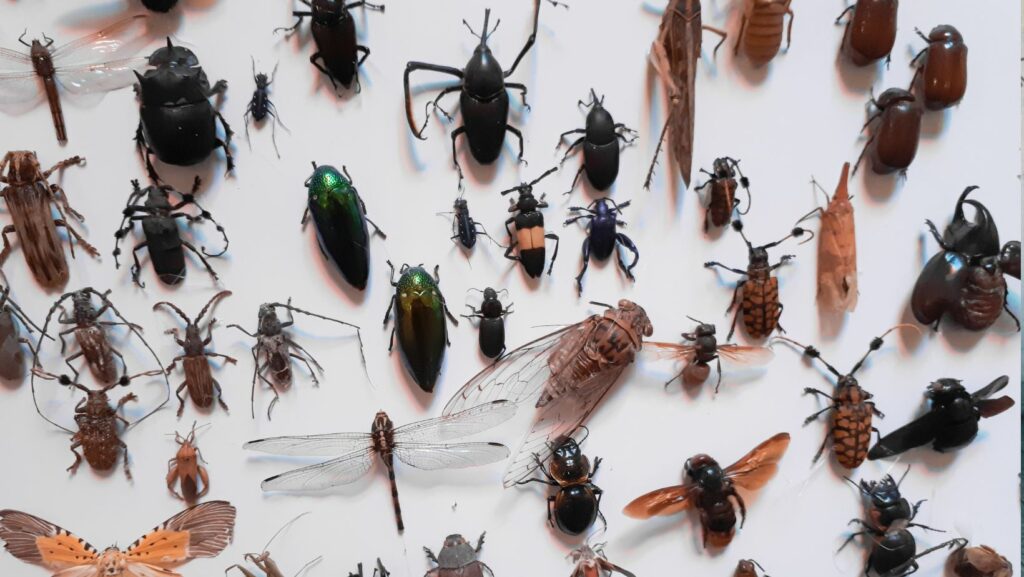Buzzing with life, a garden full of honey bees is a sight to behold. It’s not just about the beauty they bring, but also the essential role they play in our ecosystem. But what plants are best to attract these industrious pollinators?
In the quest to create a bee-friendly garden, selecting the right plants is crucial. From vibrant wildflowers to aromatic herbs, certain plants are simply irresistible to honey bees. This article will delve into the top 10 plants that are sure to turn your garden into a buzzing paradise. Stay tuned as we explore these bee magnets, and learn how to make your garden a haven for honey bees.
Top 10 Plants for Honey Bees
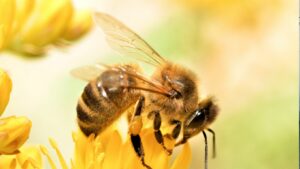 Plants and honey bees share a co-dependent relationship, each vital for the other’s survival. This intricate interaction offers critical benefits to the environment and agriculture, making the selection of suitable plants essential.
Plants and honey bees share a co-dependent relationship, each vital for the other’s survival. This intricate interaction offers critical benefits to the environment and agriculture, making the selection of suitable plants essential.
Plants yield nectar and pollen, main food sources for honey bees. Certain plants, such as Aster, Lavender, and Salvia, produce higher amounts of nectar or pollen, making them more attractive to bees. Bee-friendly gardens, full of nectar and pollen-rich plants, attract large numbers of honey bees. It’s a method of ensuring a well-balanced, healthy hive.
In return, as bees move from flower to flower collecting these resources, they inadvertently transfer pollen, a process known as pollination. Varieties like the Black-eyed Susan, Zinnia, and Coneflower are particularly effective in promoting this activity. It bears significance, not only for the plants’ reproduction, but also for honey production.
Benefits of Bees to Ecosystems and Agriculture
Their integral role in pollination underscores the importance of honey bees, particularly in ecosystems and agriculture. A high percentage of plants, approximately 85%, rely on pollinating insects like bees for reproduction. Such plants include those that produce fruits, vegetables, nuts, and seeds — essential components in human nutrition.
Top 10 Plants for Honey Bees
 Honey bees find sustenance and sustenance from a vast array of plants. Here are top ten plants that stand out as favorites for these industrious pollinators.
Honey bees find sustenance and sustenance from a vast array of plants. Here are top ten plants that stand out as favorites for these industrious pollinators.
Sunflowers, with their large, round faces facing the sun, serve as massive pollen providers. These vibrant blossoms collect lots of sunlight, making them an exceptional source of energy-rich pollen, attracting hordes of bees during the hot summer months.
Lavender’s fragrance, coupled with its rich nectar, makes it a favorite for honey bees. As a true magnet for bees, these purple spikes of blossoms also produce high-quality honey in return.
Bee Balm: A Bee Favorite Across Regions
Regarded as a bee favorite, Bee Balm, with its dazzling red flowers and minty aroma, entices bees across various regions. Aside from attracting bees, it also thrives well in many climates, further aiding the bees’ ecosystem.
Clover: A Ground Cover with High Nectar
A simple yet wonderful plant for bees is Clover. This ground cover plant brims with nectar that bees find irresistible. It’s a common sight in many gardens and adds critical diversity to bees’ diet.
Echinacea: Beneficial for Bees and Humans
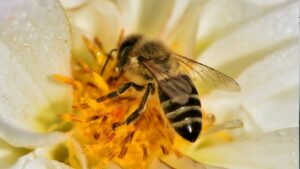 Echinacea, also known as Coneflower, is not only beneficial for bees but also for humans. A reliable source of nectar, its medicinal properties also aid human health
Echinacea, also known as Coneflower, is not only beneficial for bees but also for humans. A reliable source of nectar, its medicinal properties also aid human health
Borage, recognizable by its star-shaped blue flowers, is a nectar-heavy plant. Its prolific blooming nature keeps honey bees’ buzzing, helping them stay active throughout the season.
Sage blooms over an extended period, providing a continuous food source for bees. Its aromatic leaves and vibrant flowers ensure that bees keep coming back for more.
Thyme, apart from being a culinary herb, also offers a much-desired nectar source for bees. It’s easy-to-grow attribute makes it a practical choice for many bee-friendly gardens.
Almond Blossoms: Early Spring Nectar Source
Almond Blossoms spring into bloom early, providing much-needed nectar when other sources are scarce. These pinkish-white flowers give bees a kickstart for the season.
Their integral role in pollination underscores the importance of honey bees, particularly in ecosystems and agriculture. A high percentage of plants, approximately 85%, rely on pollinating insects like bees for reproduction. Such plants include those that produce fruits, vegetables, nuts, and seeds — essential components in human nutrition.

